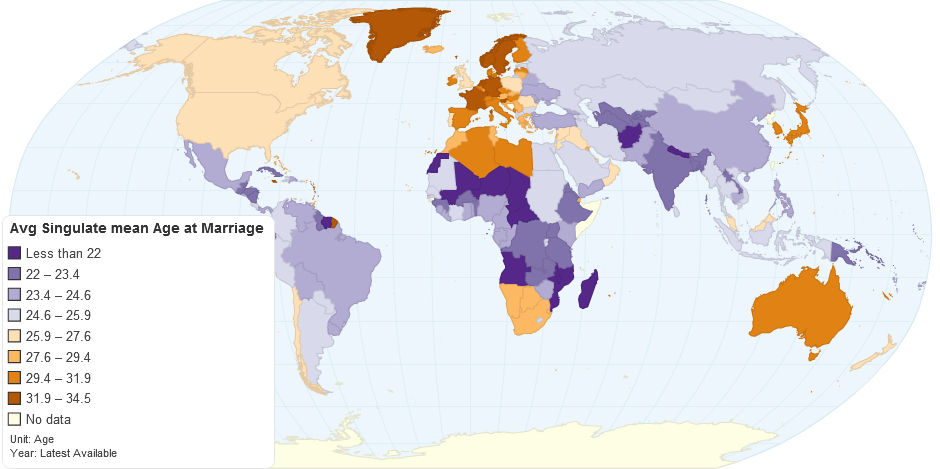About 2D:4D finger lengths & the age of marriage!
October 16, 2012
 Study in Namibia points out that males & females with a low 2D:4D digit ratio tend to get married at an early age:
Study in Namibia points out that males & females with a low 2D:4D digit ratio tend to get married at an early age:
The second to fourth digit ratio (2D:4D) is used as a potential marker for prenatal androgen exposure. It is associated with many behavioral and biological variables, including fertility and sexual behavior. However, direct association between 2D:4D and reproductive success—in populations where no contraceptives are used—has not been investigated. Here, we present a study conducted among the semi-nomad Himba population living in northern Namibia. 2D:4D ratios were calculated for a sample of this population (N = 99; 60 women, 39 men), and the results were correlated with age, marital status, age at first marriage, number of children, and number of marriages. As found in the majority of previous studies, males had lower 2D:4D ratios than females. The 2D:4D ratio did not correlate with number of children. Females and males with a more masculine 2D:4D were married earlier and were more likely to have a husband or wife. We suggest that mating preferences for females with masculine 2D:4D are related to masculinity of phenotypic and personality traits of such women, which are beneficial in harsh environmental conditions and/or higher facial masculinity, which influences the perceived age of an individual. At the same time, masculine (physically strong, dominant, and hardworking) males might gather resources necessary to marry their first wife earlier.
NOTICE: 2D:4D digit ratio is known to correlate with many aspects of marriage/relationships, including e.g. the age of the partner, the number of partners, the offspring & the wearing of wedding rings.
